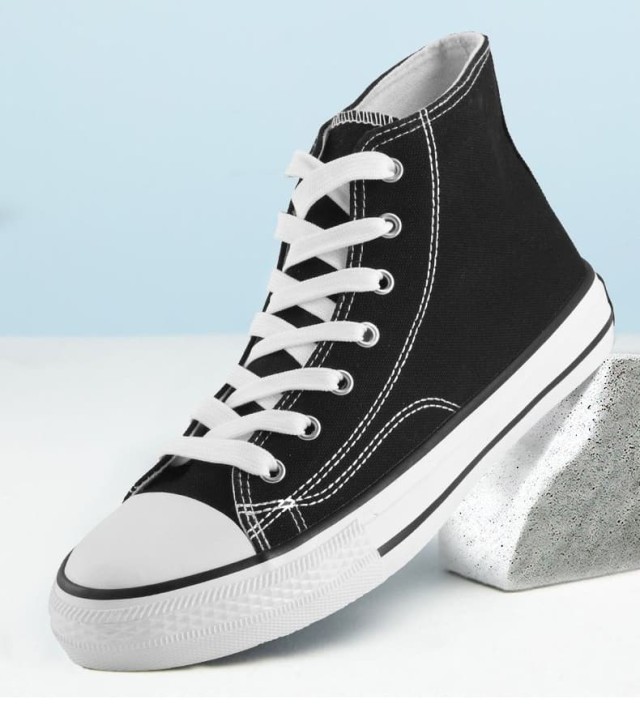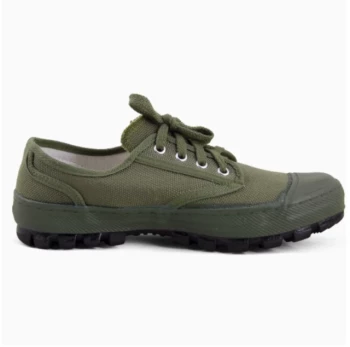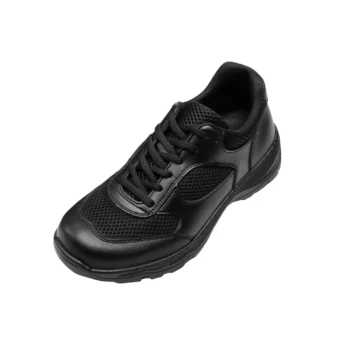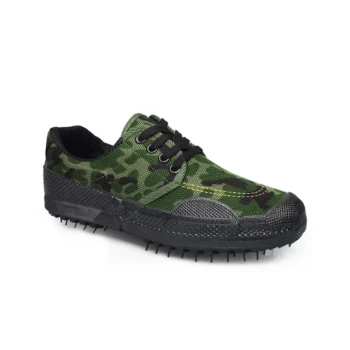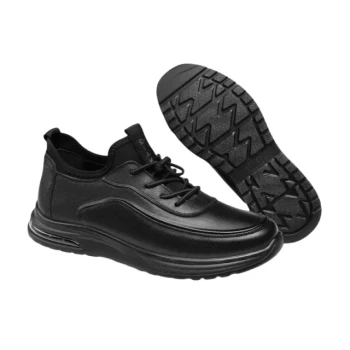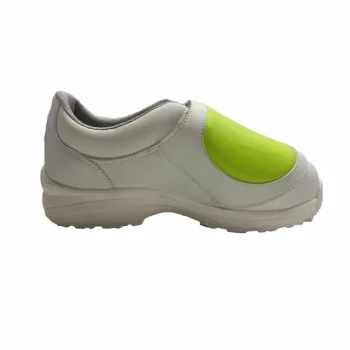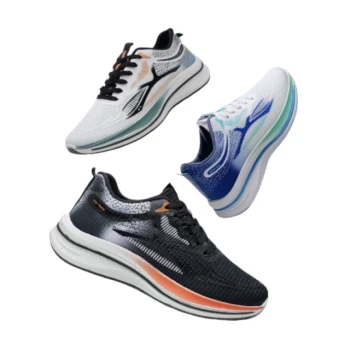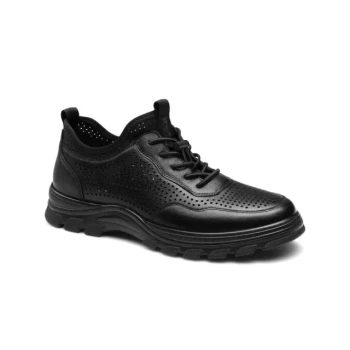For footwear distributors, brand owners, and bulk buyers seeking high-performance soles, vulcanization remains the gold standard in rubber engineering. This article breaks down the chemistry, precision manufacturing, and validation processes that give vulcanized soles their legendary durability—backed by industrial case studies and material science insights.
The Chemistry Behind Vulcanization
Sulfur Cross-Linking: The Molecular Transformation
Vulcanization permanently alters rubber’s molecular structure through sulfur bridges. Research shows this process:
- Reduces stickiness while enhancing elasticity
- Creates heat-resistant bonds that withstand repeated flexing
- Eliminates weak spots prone to tearing, unlike untreated rubber
Temperature-Pressure Synergy
The magic happens at approximately 150–160°C under controlled pressure. This dual-action:
- Activates sulfur’s bonding potential
- Ensures uniform curing throughout the sole
- Bonds rubber to shoe uppers without secondary adhesives
"Vulcanization transforms rubber from a sticky, perishable material into a resilient foundation for footwear," explains industrial footwear chemists.
Precision Manufacturing Stages
1. Rubber Compound Formulation Secrets
Top manufacturers use proprietary blends of:
- Natural rubber (for flexibility)
- Reinforcing fillers (e.g., silica for abrasion resistance)
- Sulfur ratios tuned to intended use—higher for work boots, lower for sneakers
2. Calendering: Density Control for Consistent Performance
Rolling the rubber through calendering machines:
✔ Achieves uniform thickness (±0.3mm tolerance)
✔ Aligns polymer chains for directional strength
✔ Prevents air pockets that cause premature wear
3. Hot-Pressing vs. Traditional Molding
Modern vulcanization uses heated hydraulic presses to:
- Reduce production time by ~40% compared to older methods
- Improve sole-to-upper adhesion through simultaneous bonding
- Create complex tread patterns without post-production carving
Quality Validation: How Vulcanized Soles Prove Their Worth
Abrasion Resistance Testing
Industry-standard DIN and ISO tests measure:
- Tear strength: Vulcanized rubber withstands 3–5× more cycles than PU in flex tests
- Slip resistance: Micro-textured surfaces maintain 85%+ traction after 10,000 simulated steps
Case Study: Basketball Shoe Durability
A 2023 comparative study revealed:
- Vulcanized soles retained 92% of original thickness after 6 months of court use
- PU and EVA midsoles showed visible compression marks in half that time
Why Bulk Buyers Choose Vulcanized Footwear
For distributors and brands, vulcanization delivers:
✅ Lower return rates due to proven longevity
✅ Versatility across work boots, sneakers, and specialty footwear
✅ Consumer appeal through lightweight flexibility (35–40% lighter than traditional soles)
"In bulk procurement, vulcanized soles reduce replacement cycles by 18–24 months," notes a footwear supply chain analyst.
Ready to upgrade your inventory with scientifically engineered soles? 3515’s vulcanized footwear line combines industrial-grade durability with the flexibility modern buyers demand—contact our team for bulk pricing tailored to your market needs.
Related Products
- Durable Rubber-Soled Utility Shoes for Wholesale & Custom Brand Manufacturing
- Safety Footwear Wholesale Manufacturer for Custom OEM/ODM Production
- Durable Canvas Work Shoes with Rubber Lug Sole | Wholesale Manufacturer
- Wholesale Durable & Breathable Training Shoes for Custom Brands
- Wholesale Leather Safety Boots with Customizable Protective Toe
Related Articles
- How Vulcanized Soles Balance Style and Performance for Skateboarders
- Why Vulcanized Soles Outlast: The Science Behind Durable Footwear
- How Vulcanized Rubber Boots Outperform Standard Footwear: Science and Practical Benefits
- How Vulcanized Soles Fall Short—And When to Choose Alternatives
- How Vulcanized Soles Engineer Superior Performance: A Science-Driven Guide for Athletes
